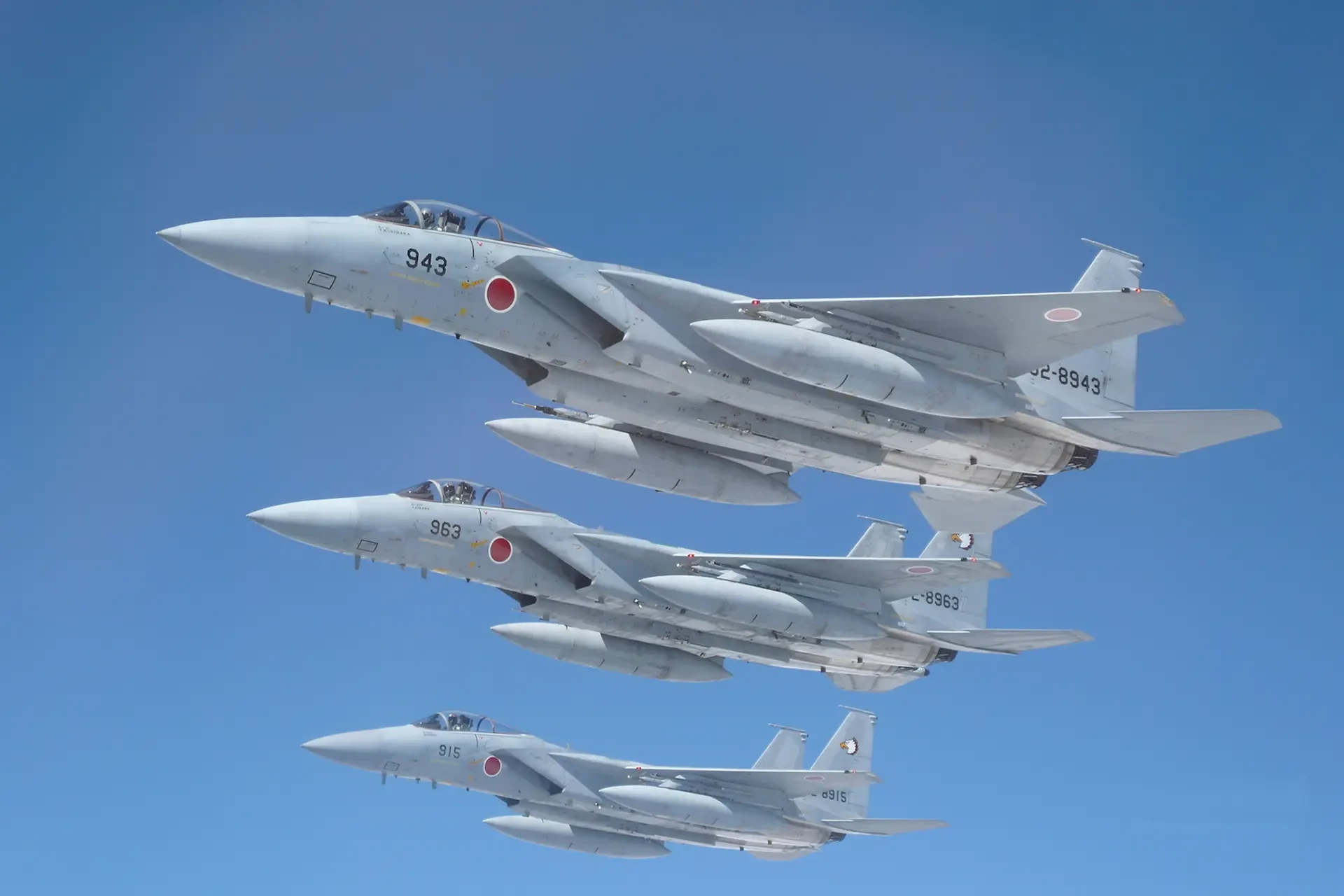As the world’s troubled waters continue to surge many nations have over the past decade, and increasingly now, have increased or are increasing Defense spending. Japan, since WWII has been focussed on self defense but how has recent issues in the South China Sea changed its strategy? Chris Smallhorn examines the landscape and what is happening.
Military strategy has its complexities, particularly as it intertwines with other elements of national power such as diplomacy, information, and economics (collectively forming the DIME model of national power – see Figure 1).[1] However military strategy on its own is not complex; this sharper instrument of national power seeks to ensure a sovereign government has the option to exert enough military strength such that the risk to an adversary is sufficient to prevent conflict.
In December 2022 Japan announced an increase in military spending from 1% of GDP to 2% of GDP over the next 5 years. In US Dollar terms Japan has spent between USD $43.75B to a peak of $60.76B (2010) per year for the past 25 years to 2021, the amounts equating to approximately 1% GDP.[2] In 2022 Japan expended USD $46B on the military. Current military investment plans out to the end of 2027 amount to USD $321B, the largest Japanese military build-up by expenditure since WWII.
Japan already retains a highly professional military of approximately 250,000 personnel with over 680 combat helicopters, 460 combat fixed wing aircraft, 155 ships and submarines including 4 helicopter carriers, 1004 tanks and 817 pieces of artillery.[3] Since WWII Japan has held a firmly pacifist security policy however regional and global instability has adjusted the political and strategic calculation. When Japan acts, it is worth the world listening precisely because such a change in military posturing is so significant for this country.
It was only under former Prime Minster Abe that Japan allowed overseas mobilisation of the military, however his attempt to amend the nation’s constitution which renounces the threat or use of force by Japan was not publicly supported and was unsuccessful. Things appear to have changed dramatically. Current Prime Minister Kishida has found strong public support for a military build-up.
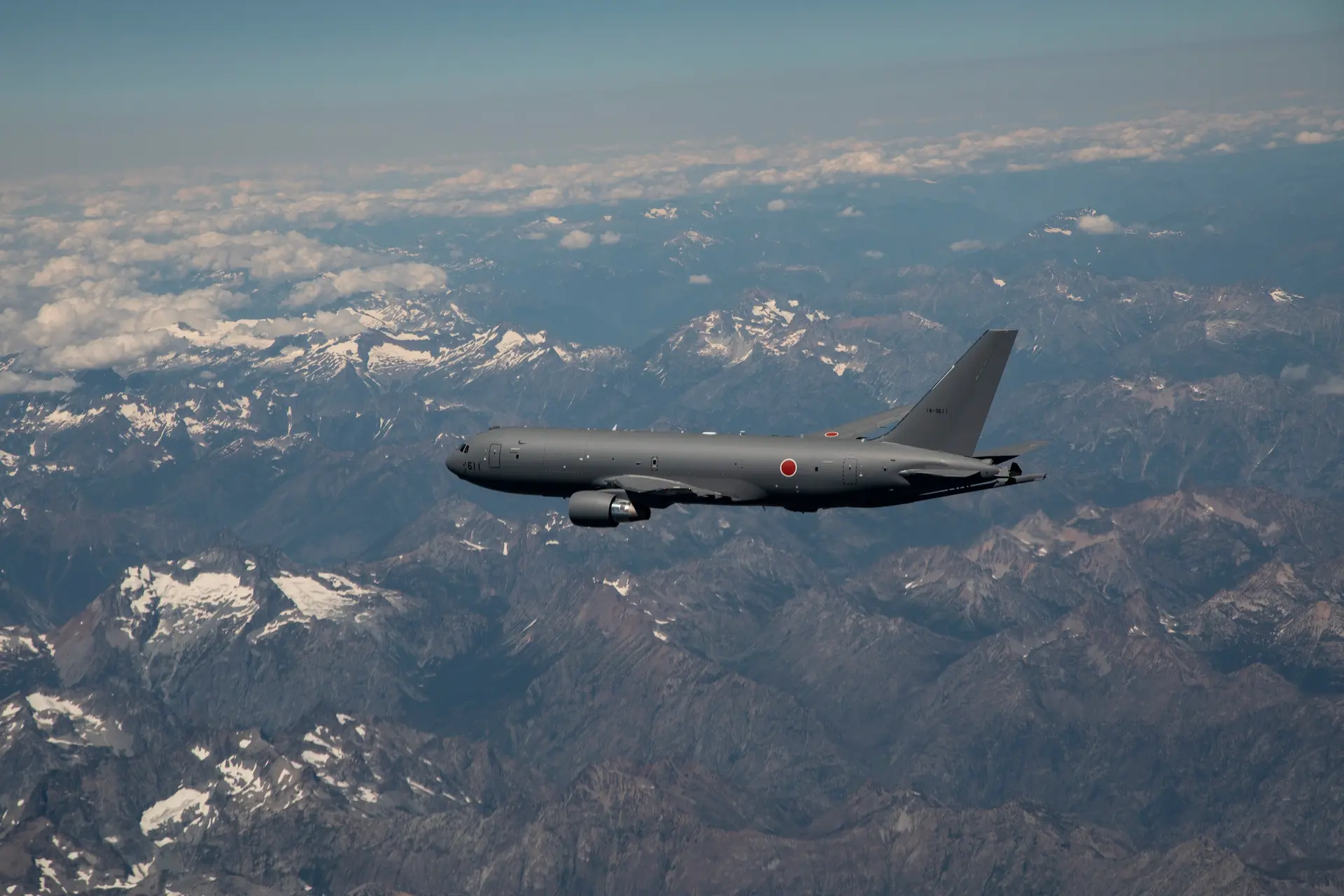
Japan’s political decisions, and the population's general acceptance of such historical re-posturing, are even more notable when one remembers that post WWII tensions between China, Korea and Japan remain prevalent to this day. Japan have not been without reason to move towards a more overt posture for the past decades.
The announcement to increase Defense spending was outlined in Japan’s new National Security Strategy. The strategy includes the acquisition of pre-emptive and counter-strike capabilities including Tomahawk missiles and develop its own hypersonic weapons.
There is little doubt that such significant change in public and political opinion increases the dynamics in the South China Sea. Other regional nations have not been restrained by such historic (and justified) political and constitutional barriers therefore similar responses are less notable in and of themselves; Japan however has made enormous adjustments in order to reset their Military, a response of such magnitude it may be analogous to the canary in the mine shaft.
The shift indicates Japan, and its allies, foresee long-term tension and a need to be ready for conflict. The rest of the world is taking notice and one can feel the tension.
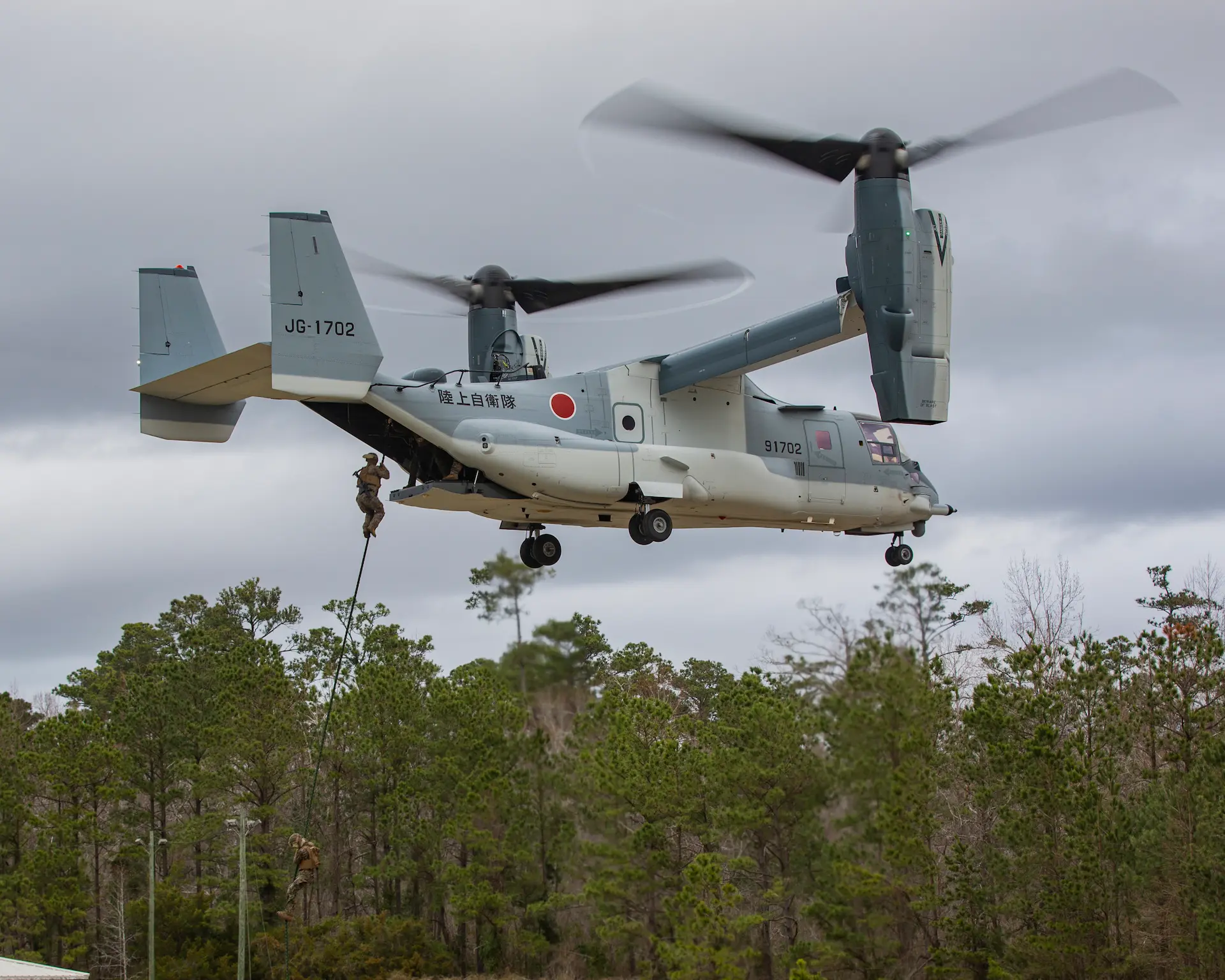
So why this topic in an aviation magazine?!
Firstly, this is the world we live in, and aviation forms critical elements of the world’s logistic chains, military capability, and is crucial to most nations’ economic prosperity. By definition, aviation epitomises, and has in large part enabled, globalisation.
Secondly, Japan’s decision will influence the future of Japan’s already significant military, aviation and aerospace industry, and for that matter the entire region.
Military capability plans and expenditure
Japanese military government expenditure remains a topic of significant interest and debate both domestically and internationally. As a major economic power and an ally of the United States, Japan's defense budget is closely monitored and scrutinized.
Historically, Japan has had a pacifist approach to military affairs due to Article 9 of its post-World War II constitution, which renounces the use of force to settle international disputes. However, Japan maintains the Japan Self-Defense Forces (JSDF) for defensive purposes, which includes the Japan Ground Self-Defense Force, the Japan Maritime Self-Defense Force, and the Japan Air Self-Defense Force.
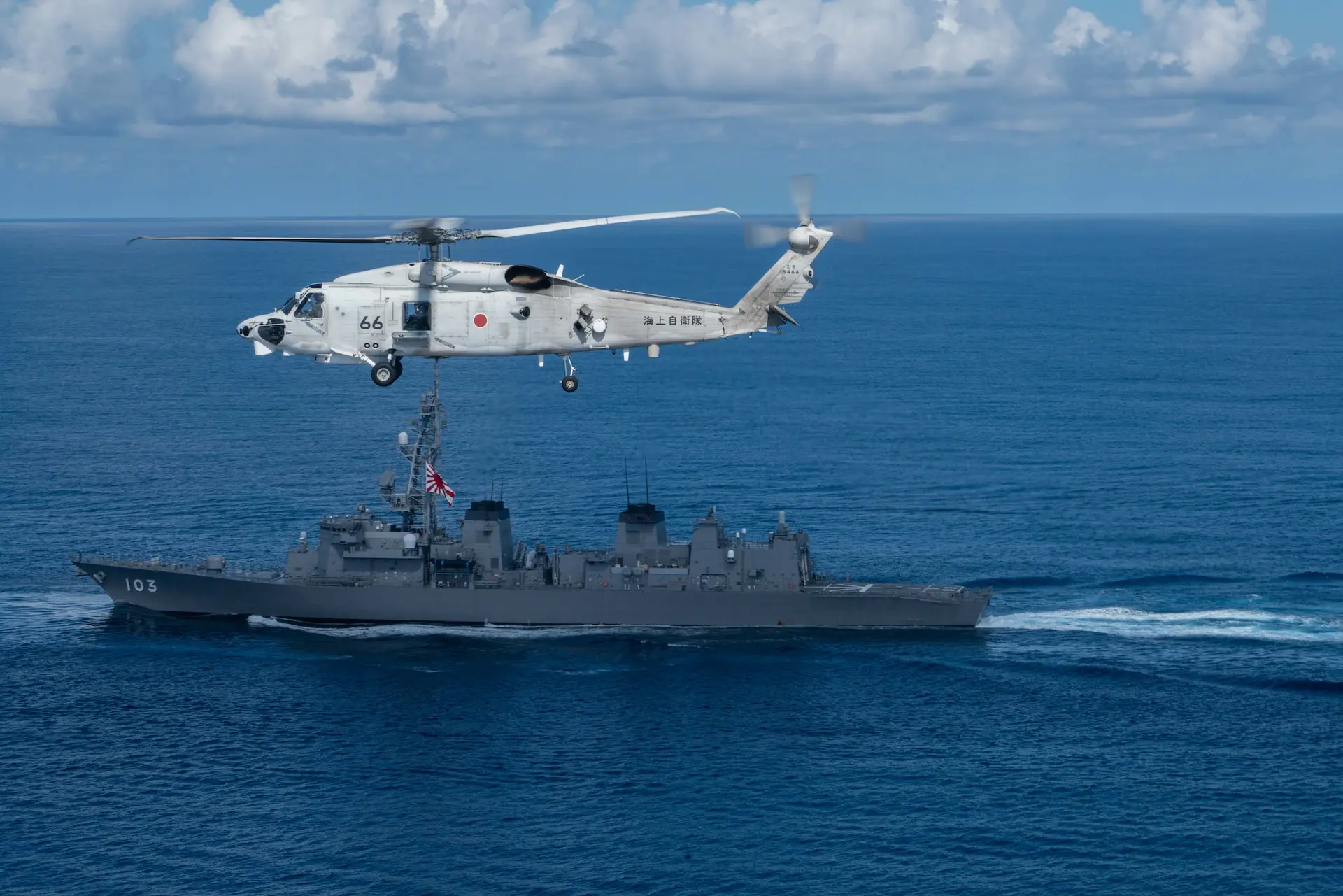
This is not to suggest one way or the other that Japan is abandoning its pacifist ideals. There is now some 76 years under the bridge since Article 9 was affirmed. There are few left who were alive at the devasting end to WWII where two atomic bombs left a nation on its knees. Associate Professor James Brown of the Temple University in Japan put it well in saying ‘…there is a process of reinterpreting what pacifism means. Where once it meant opposition to the use of armed force, it now means opposition to aggression and acceptance of the use of force in the name of self-defense in a growing list of circumstances.’[4] Some may argue the end state is the same, however nation’s culture and attitude towards the use of force is the ultimate control valve. Culture and decision making balance is crucial, particularly noting Japan lives in a tough neighbourhood!
The Japanese Government stated in its ‘Defense Build-up Program’ that ‘In accordance with the “National Defense Strategy” (approved by the National Security Council and Cabinet on December, 16, 2022), Japan will fundamentally reinforce its “Multi-Domain Defense Force, ” through the synergy of organically integrated capabilities including space, cyber, and electromagnetic domains…’.[5] In order to do this Japan aims to strengthen its stand-off defense, and its integrated air and missile defense capabilities. The security objective is to deter at distance, mobility, and resilience in the event of invasion, with a focus on asymmetric leverage of all instruments of power. Inclusive here is a focus on a strong defense industry and technology base.
The focus of this build-up is broad-based, but targeted. Standout areas of investment, but not the full breadth of investment, are:
- A significant increase in missile production capacity and technology
- Development and production of hypersonic offensive weapons alongside the full kill chain system for defending against Hyper-Glide Vehicles (HGV)
- Acquisition of long-range strike weapons
- a Self-Defense Force military satellite constellation for tracking and targeting (the constellation will cooperate with civil satellite constellations for imagery), and
- uncrewed technology both land and sea borne.
Japan has also emphasized cybersecurity, space capabilities, intelligence gathering and cross-domain decision superiority through advanced C4I systems as important aspects of its strategy. The country recognizes the evolving nature of modern warfare and the need to adapt to emerging threats in the cyber and space domains. Now the decision for investment is made, Japan aims to work at pace.
While Japan's defense expenditure has increased, it is important to note that it remains below the 2% of GDP benchmark set by NATO for member countries. This suggests growth in response to strategic need, not some form of hegemonic intent.
Japan’s security focus is not cheap. The investment calls for a combined 43 trillion yen (about USD $321 billion) in defense spending over the period FY2023-2027 This is set to culminate in an FY2027 defense budget target of 8.9 trillion yen (about USD $66 billion). Put another way, if things go according to plan, Japan’s defense budget in FY2027 will be 65% higher than that of FY2022’s (5.4 trillion yen - about USD $40 billion). The aggregate spending over the new five-year build-up plan (FY2023-2027) is set to exceed that of the previous (FY2019-2023) plan by a combined 56%.[6],[7]
As Japan navigates the complex geopolitical landscape, it strives to strike a balance between its pacifist principles and the need to ensure the security of its nation and its interests. Future developments in defense spending will be closely observed by both domestic and international stakeholders. However, Japan’s intent and commitment is not in question. It represents historical change, and one more pronounced than the actions of the majority of the world’s nations that do not have the specificity of pacifist intent at a constitutional level.
What does it mean to the Japanese Defense and Aerospace
Built within Japan’s military growth is an unsurprising significant focus and investment on aerospace and in particular maritime facing air capability. It is already well underway.
Japan’s has now integrated its’ VTOL F-35B Lighting II’s onto the Japanese Maritime Self Defense Force’s (JMSDF) Izumo Type Destroyers, which are also capable of carrying seven maritime helicopters. Interoperability is key; the US Marines also may operate from the same class of vessel.
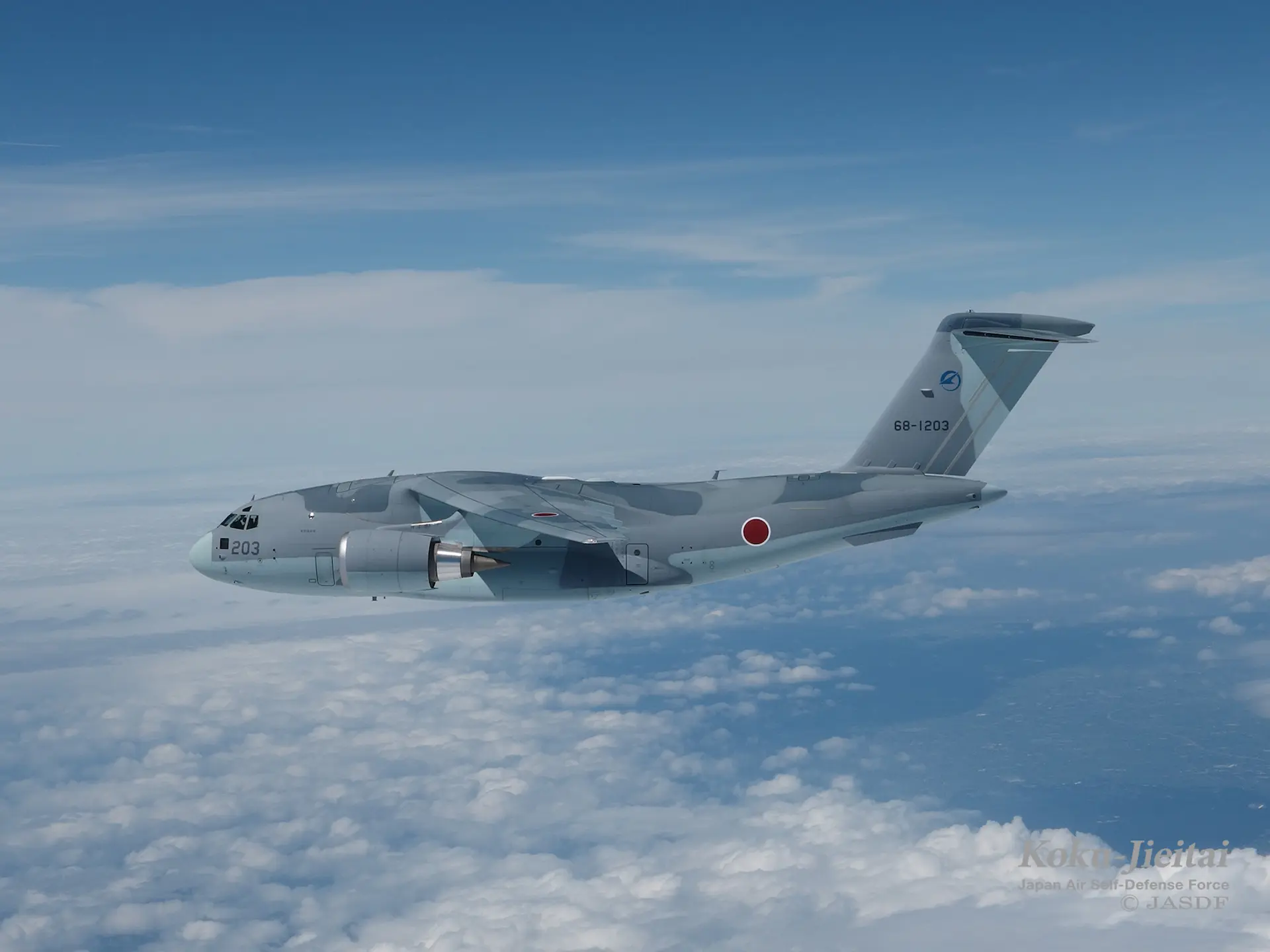
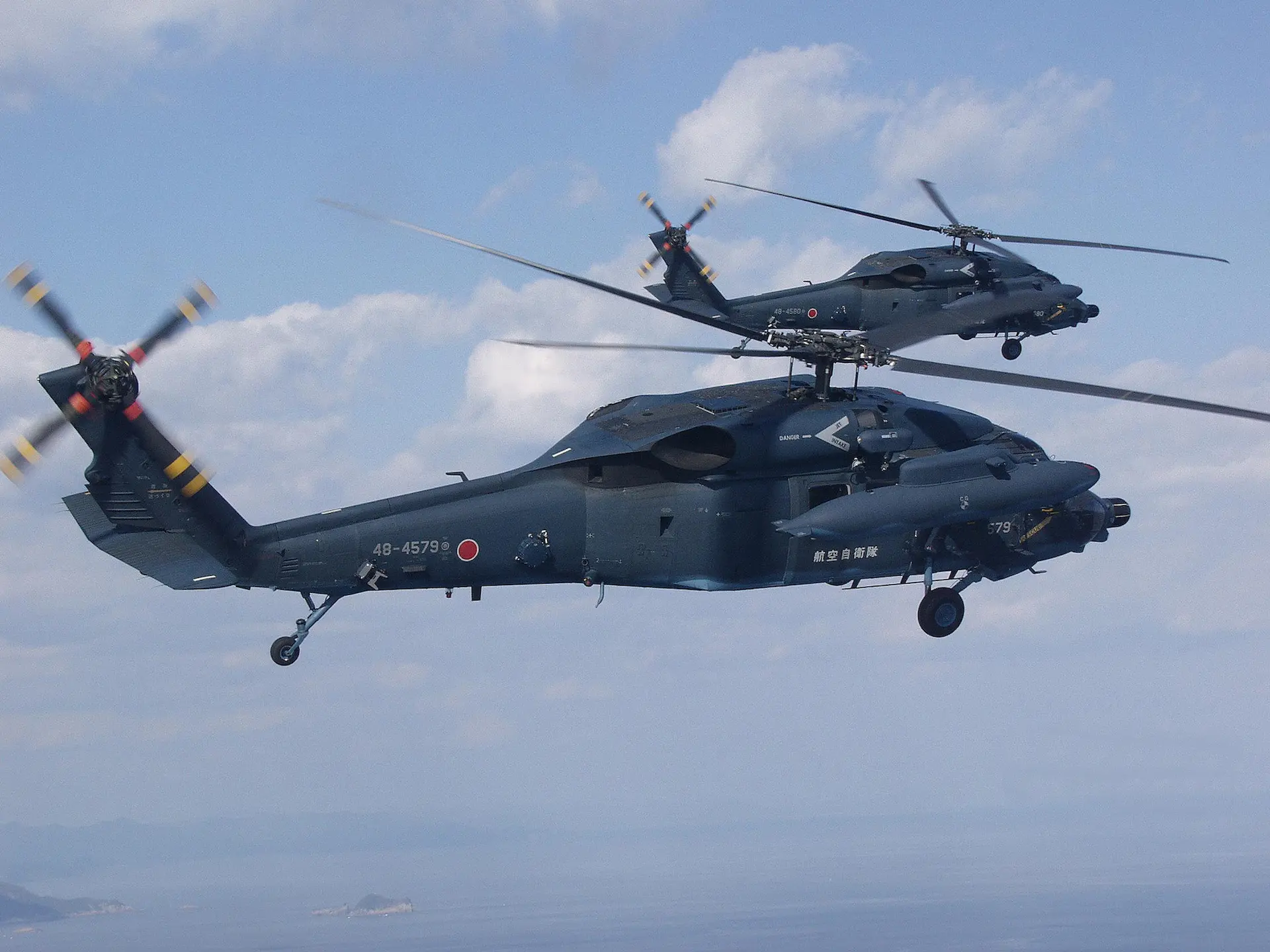
The JMSDF intend to procure enhanced Kawasaki P-1 Maritime Patrol Aircraft and the upgraded version of the Mitsubishi Helicopter Industries (MHI) SH-60K Seahawk. In 2015 MHI received a USD $63m contract to upgrade the SH60K; it achieved its first test flight in May 2021. The upgrade was substantial adding a new engine transmission, low-frequency dipping sonar and acoustic signal processor and datalink.
While the Defense strategy notes these upgrades, some reporting indicates JMSDF is looking to increase its Uncrewed Combat Aircraft Systems (UCAS) and rebalance some surveillance helicopter and fixed-wing fleets. Japan’s Acquisition, Technology & Logistics Agency has reported a reduction in P-1 aircraft from 70 to 61, a reduction in SH-60K from a planned 91 to 71, but an increase in KC-46A tankers by five to 15 while debate over the AWACS retain/replace continue.
The plan includes accelerating the replacement of the older F-15 Eagle fighters with F-35A and F-35B Lightning IIs, upgrading the F-2 (the Japanese F-16 variant), increasing the capacity of the KC-46A air-to-air refuelling capability, and replacing the Combat Search and Rescue UH-60J characterise the JASDF aircraft component of Japan’s military growth. Like other regional countries, the focused expansion of offensive missile systems, particularly maritime air-to-surface systems is a priority focus. The F-15Js will see integration of the AGM-158B Joint Air-to-Surface Standoff Missile - Extended Range (JASSM-ER) and AGM-158C Long Range Anti-Ship Missile (LRASM – approx. 320km range).
In the Space Domain IHI Corporation and Northrop Grumman signed a Memorandum of Understanding (MOU) 15 Mar 23 to develop small, highly manoeuvrable satellites, and other solutions, building Japan’s space awareness requirements.
We’ve only explored a small portion of the JSDF and broader Japanese security framework developments here, with a focus on the maritime this being the primary strategic driver. However, the broader domain military capability developments are equally as dynamic. While the final mix of military assets and capabilities will continue to be refined over the coming years the commitment to progress in accordance with the nation’s new defense strategy is unwavering.
Japan’s aerospace industry appears to be growing in response
It is challenging to provide an exact figure for the contribution of the Japanese military aerospace industry to the country's GDP, however with the above renewal and expansion of capability it will be significant. The Japanese government does not outwardly disclose forecast data on the defense industry's contribution to GDP, including the aerospace sector. However, a quick look at income in the sector through the lens of two of Japan’s biggest companies in aerospace assists to tell the story of growth; Mitsubishi Heavy Industries (MHI) and Kawasaki Heavy Industries (KHI).
MHI, like all companies in the aerospace sector, suffered fiscal challenges during COVID. Therefore, recovery and revenue trends should be viewed with the broader industry recovery since COVID in mind. This said, the recovery is significant.
The MHI Consolidated Financial Report 2022 (reporting to 31 March 2023 which is the end of the Japanese Fiscal Year) shows an operating profit in the Aerospace, Defense and Space segment of ¥39 Billion (USD $271.1 million). The Consolidated Financial Reports between 2017 and the present (shown in Figure 3) show that the fiscal years 2021 and 2022 (ending 31 Mar 23) were the first years in profit since 2017. FY 2016-17 was just in profit at ¥0.9 Billion.
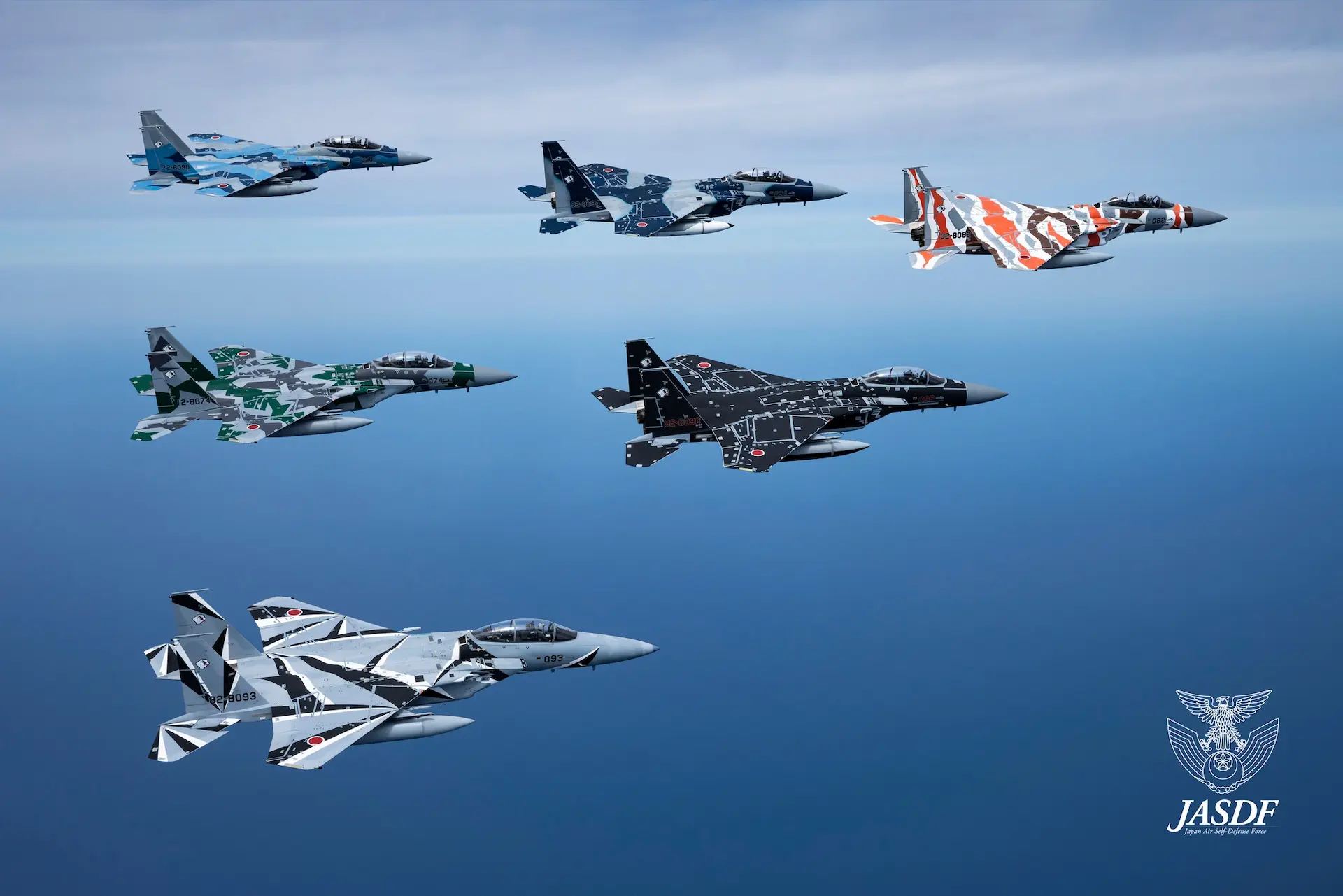
Kawasaki is also a major player in Defense and the Aerospace sector. In fact, Defense represented 14% of KHIs total consolidated revenue in FY 2022-2023, its single largest customer. KHI’s Aerospace Systems profit performance between FY 2017-18 and FY 2022-23 is shown in Figure 4. Also hit hard by COVID, and not yet returning to its best year in FY 18-19, the recovery in the last FY is notable.
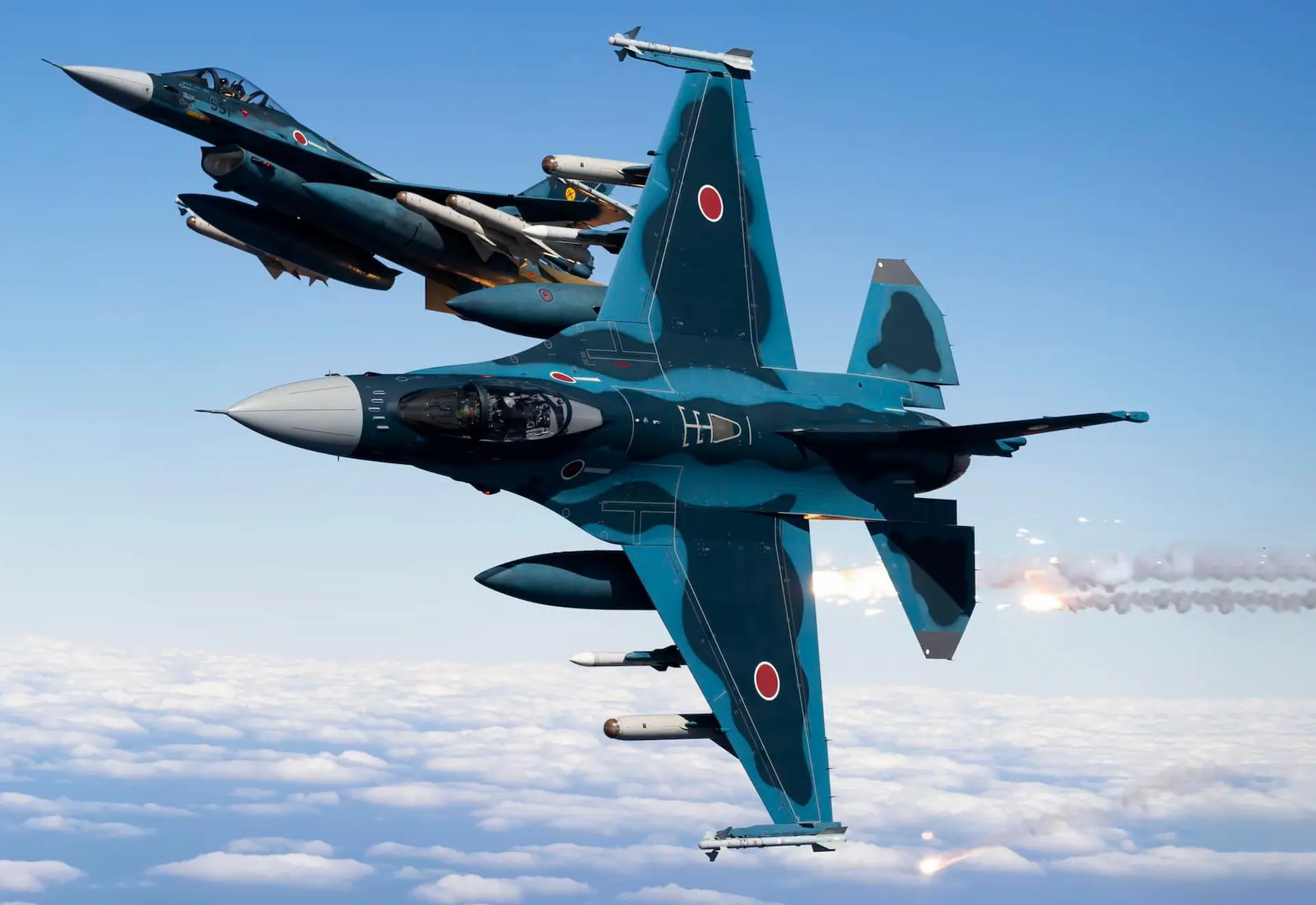
The KHI 2022 Annual Report made clear the company foresaw significant Defense profit growth. Discussing opportunities for the Defense Aircraft sector, the report stated that an ‘Increase in defense budget and ongoing development and production of domestically-manufactured defense equipment’. This was further emphasised, in even stronger language, in their Consolidated Financial Statements for the years ended 31 March 2023 and 2022 which noted ‘regarding the business environment surrounding the aerospace systems segment, demand from Ministry of Defense in Japan is expected to increase under the Ministry of Defense’s policy of drastic strengthening of defense capabilities’.
Furthermore, the Japanese government has been actively promoting defense exports and encouraging domestic defense industry growth, including aerospace. The Defense Ministry has set targets to increase defense-related exports, and several Japanese companies have secured contracts for military aircraft components and technology transfers with international partners. These endeavours further strengthen the role of the aerospace and defense industry in Japan's overall economy.
Japan’s overall Defense posture is another signal in a global cacophony of security concerns
Japan's increasing defense posture has significant implications for the region, both in terms of security dynamics and regional stability. Here are a few key points to consider:
- .Deterrence and Self-Defense: Japan's enhanced defense posture aims to bolster its deterrence capabilities and ensure its ability to protect its national interests. By investing in advanced military technologies, such as fighter aircraft, maritime surveillance capabilities, and missile defense systems, Japan seeks to deter potential adversaries and safeguard its sovereignty. This contributes to a more robust defense environment in the region.
- .Regional Security Partnerships: Japan's increasing defense posture also signifies its commitment to strengthening regional security partnerships. Japan has been actively engaging with other countries, including the United States, Australia, India, and ASEAN nations, through joint military exercises, defense dialogues, and capacity-building initiatives. These partnerships enhance information sharing, interoperability, and collective security efforts, thereby contributing to regional stability.
Balance of Power: Japan's evolving defense posture is viewed in the context of the broader regional power dynamics, particularly in relation to China and North Korea. As both these countries have been expanding their military capabilities and exhibiting assertive behaviour in the region, Japan's efforts to enhance its defense capabilities are seen as a means to maintain a balance of power and ensure regional stability.
.Reassurance to Allies: Japan's increased defense posture also provides reassurance to its allies, particularly the United States. As a key U.S. ally in the region, Japan's commitment to its own defense strengthens the credibility of the U.S.-Japan security alliance. This, in turn, contributes to the overall deterrence and security architecture in the region.
Regional Tensions and Responses: Japan's defense posture may also influence the security calculations of neighbouring countries. It could lead to concerns or responses from countries that have ongoing territorial disputes or historical tensions with Japan. However, Japan's efforts to emphasize its adherence to a pacifist constitution, transparent defense policies, and engagement in regional security partnerships help to mitigate potential concerns and foster an environment of trust and dialogue.
Overall, Japan's increasing defense posture signifies its proactive role in regional security, contributing to deterrence, stability, and cooperation. However, it is crucial for Japan to continue emphasizing transparency, dialogue, and peaceful intentions to promote trust and mitigate potential tensions in the region.
So is Japan the canary in the coal mine
According to the Smithsonian magazine it was John Scott Haldane whose research into Carbon Monoxide resulted in his recommendation to use canaries in coal mining to detect the odourless and colourless toxic gas. Of course, the canary met an unfortunate, but painless end, alerting miners to the risks.[8] While the practice ended in 1986 when automatic gas detectors replaced the feathered variety, the term ‘canary in the coal mine’ has lived on as an idiom meaning something that acts as an early warning of a problem or danger.
Japan has found post-WWII an enviable pacifist approach locked into their national constitution; a decision made from lessons learned in the crucible of war. Given its origin, it takes tectonic changes to persuade the populous and the government to change the constitution either in its interpretation or word. While the decision to change the words remains in debate, the actions the Japanese government has taken indicate, with absolute clarity, that the interpretation of the words has changed.
A renewed national security strategy, revised defense posture, and increased defense expenditure by GDP over the forward years tell the story. Demonstrable growth in the defense industry is proof that change is underway. Renewing the JSDF design and equipment to be more lethal and resilient at range will be the result and the potential for a more hawkish Japan in its region of influence a warning sign.
Given Japan’s history, it’s understanding in the most acute way of the cost of war, coupled with its highly disciplined approach to making decisions, the world must take note. If Japan is willing to do all that it is, we must all take heed that danger lies in the fog and mist of tomorrow.
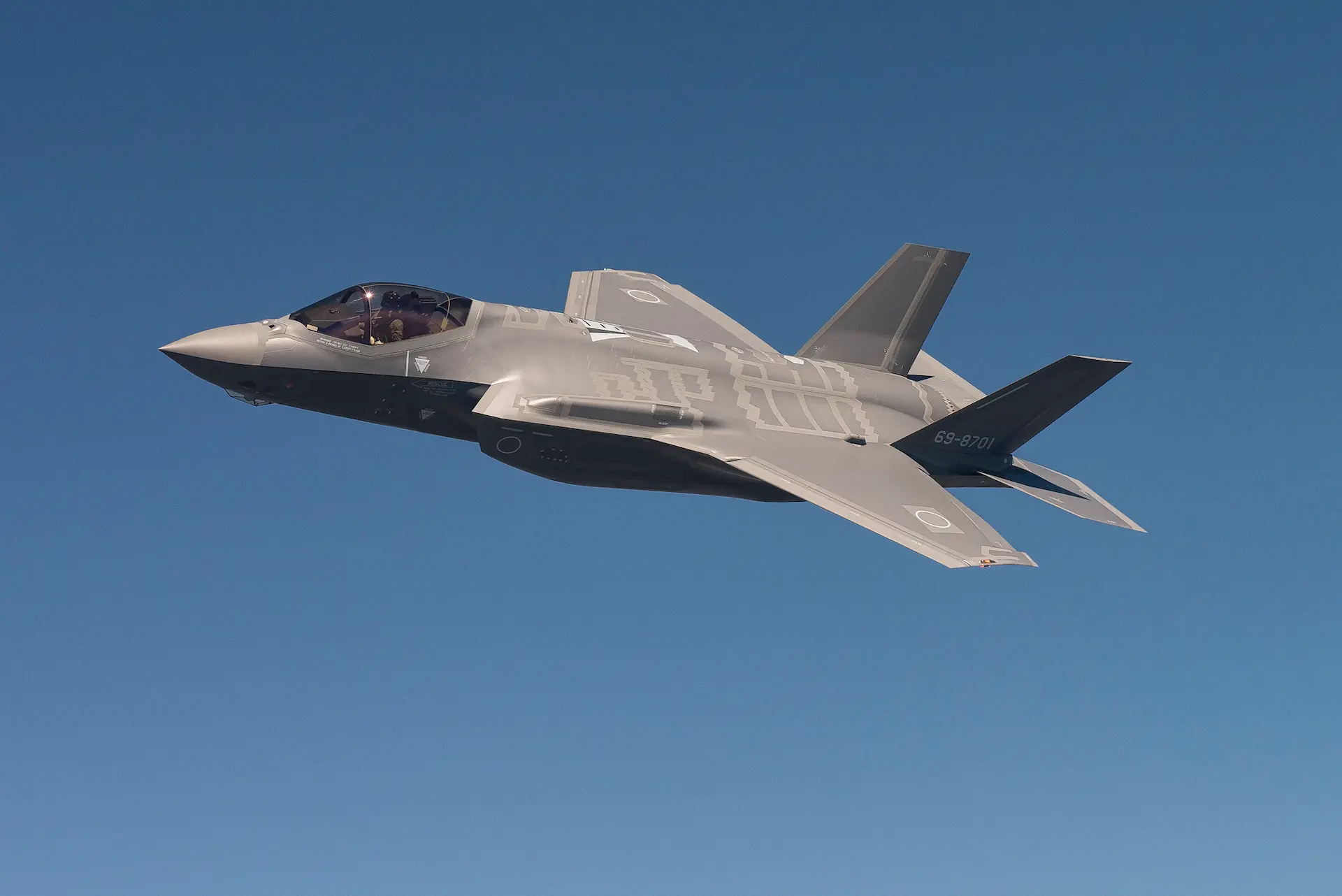
[1] The DIME (Diplomacy, Information, Military and Economics) principle of National Power was coined during the cold war and remains a framework in use. However contemporary thinking includes additional instruments of national power, specifically Finance, Intelligence and Law Enforcement. These instruments are increasingly used by sovereign nations to exercise influence for national security outcomes. The combined framework is coined DIME-FIL. Rodrigues, Walton and Chu, 2020, Putting the FIL into DIME: Growing Joint Understanding of the Instruments of Power, Joint Forces Quarterly 97, National Defense University Press, USA.
[2] The World Bank Data, https://data.worldbank.org/indicator/MS.MIL.XPND.CD?end=2021&locations=JP&most_recent_value_desc=false&start=1998&view=chart accessed 23 Jan 23
[3] Global Fire Power, https://www.globalfirepower.com/country-military-strength-detail.php?country_id=japan, accessed 23 Jan 23. Training aircraft not included in the figures provided. Japan possesses an additional 415 training aircraft.
[4] BBC NEWS, 2023, ‘Japan’s Pacifism hangs in the balance as China and North Korea threat loom’, 19 Ma7 2023, https://www.bbc.com/news/world-asia-65643346 accessed 13 Jul 23
[5]Defense Build Up Program, Japanese Government, 16 Dec 22 (English Translation: https://www.mod.go.jp/j/policy/agenda/guideline/plan/pdf/program_en.pdf accessed 9 Jul 23)
[6]Medium Term Defense Program (FY2019-FY2023), Japanese Government, 18 Dec 18 (English Translation: https://warp.da.ndl.go.jp/info:ndljp/pid/11591426/www.mod.go.jp/j/approach/agenda/guideline/2019/pdf/chuki_seibi31-35_e.pdf accessed 8 July 23)
[7]Liff, A, 2023, No Japan is not planning to ‘Double its Defense Budget’, Brookings Institute, 16 May 23, https://www.brookings.edu/articles/no-japan-is-not-planning-to-double-its-defense-budget/#ii, accessed 8 Jul 23
[8] Eschner, Kat, 2016, ‘The Story of the Real Canary in the Coal Mine’, Smithsoian Magazine, 30 Dec 16

